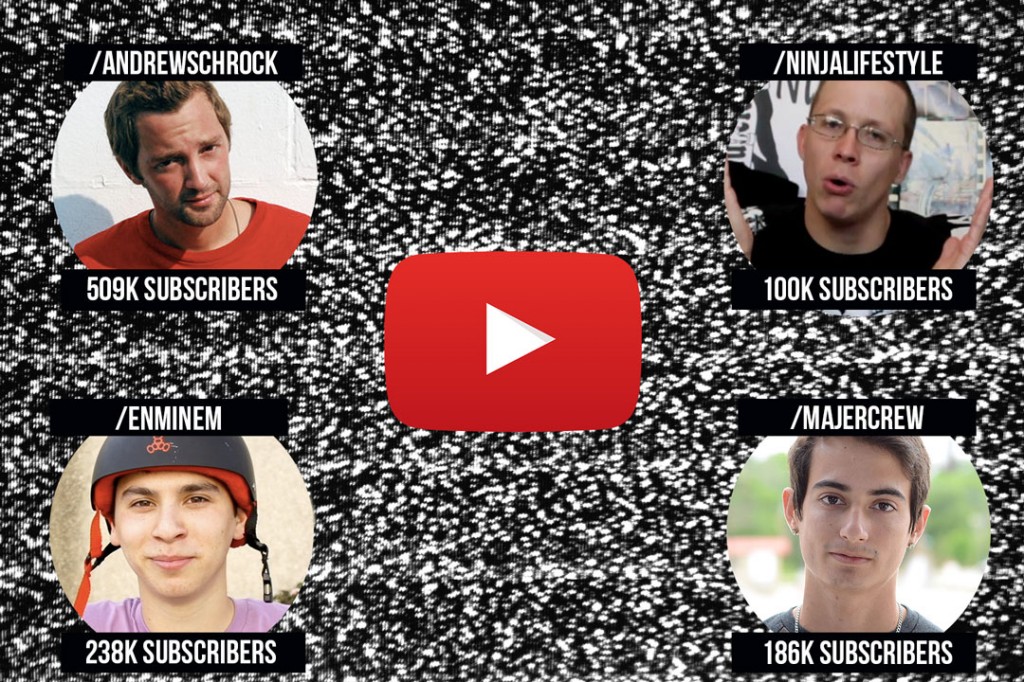
In the backlit screen of my computer, the cropped bust of a man, slightly stubbled, red crewneck collar showing beneath the undone buttons of his dress shirt, hovers above the text “How to Get Big on Youtube – AndrewSchrock.”
Press play and his spiel begins: “What’s up guys,” Andy exclaims (not asks) to the wayward viewer. “I’m here to give you tips on how to grow and get subscribers and views here on Youtube!” His advice in this realm should be respected, for he’s a rare example of someone who has managed to create a sustainable career video blogging. Video blogging about our favorite toy, the skateboard.
Andy Schrock’s YouTube channel has over 500,000 subscribers. That means more than half-a-million people get a notification every time Andy posts a video, something he does daily. It’s difficult to gauge exactly how much he, or any Youtube content creator, is making off of these videos – he was vague when pressed for dollar amounts, and YouTube’s partnership program through which ad revenue is shared between platform and person is notoriously convoluted – but a conservative estimate puts videos with a pre-roll advertisement quoted at making around $2 per every 1000 views.
So take the video “Assembling a New Skateboard – AndySchrock” as an example. As of this writing it has around 100,000 views, meaning that at the $2/1000 view rate Andy would pull in $200. That may not seem like much, but with daily uploads these numbers add up quickly. If Andy’s videos average around 60,000 views and he posts one every day, he’s made $840 that week off YouTube ads alone.
The line between the virtual and the tangible is as thin and porous as a sheet of MOB griptape. That video of Andy setting up a new skateboard also doubles as an extended advertisement for several hard goods companies he owns: ReVive decks, FORCE wheels, and AM Grip (synergy!).
Though Andy informed me through email that he isn’t “rich or anything,” he has managed to carve out a comfortable living (albeit in Cincinnati) for him and his family, an impressive feat for any independent business owner, especially one in today’s turbulent skateboarding economy. (If you’d rather measure “success” in sex instead of dollars then I even heard that his now wife and the mother of his child first approached Andy because she recognized him from YouTube, so his Internet fame’s gotten him laid at least once.)
This sort of conventionally un-cool success through Youtube will naturally infuriate skateboarding’s “core”. A thread on SLAP’s forum titled “Hate on Youtube pros” demonstrates exactly that. In it, one poster rhetorically asks if it’s even possible to be a YouTube skater and not be “a fucking massive kook.” To which he immediately answers, “I think not.” Another commenter comes to a disheartening conclusion: “It’s a crazy world we live in folks,” he writes, “while Alien Workshop closes shop, ReVive skateboards are selling out and running their own warehouse and skatepark.”
A Harvard professor of Business, Clayton Christensen, describes a disruptor as something that “displaces an existing market, industry, or technology and produces something new and more efficient and worthwhile. It is at once destructive and creative.” As new forms of exploiting sharing skateboarding surface through the Net, traditions are naturally upended. The old must make way for the new.
Beginner skaters have historically been initiated and educated by the generation of skaters that preceded them. These dinosaurs, found lurking at the local skate shop or troweling the neighborhood DIY, are the linkages to old 411VM tapes and half-remembered Big Brother interviews. They give historical context and a communal experience to skateboarding.
”Our compass, now a scrolling sidebar of suggested videos, feels as if it’s magnetized towards the commercialization of skateboarding.”
It’d be an understatement to say that the Internet’s changed this. These opinionated skate elders remain, but they’ve been overshadowed by our access to the infinite skateboard documentation available on YouTube. It’s easy to get lost in the options if you don’t know where to begin.
It’s as if we’ve been suddenly dropped into the ocean without a rudder, and our compass, now a scrolling sidebar of suggested videos, feels as if it’s magnetized towards the commercialization of skateboarding. Youtube, the great disruptor of our culture, must be analyzed and understood so that we can regain our bearings.
The most obvious effect YouTube has had on this new generation of skaters is an explosion of skill and an expansion of what is now considered possible on a skateboard. Progression is aided in great part through exposure. Unless you’re Rodney Mullen, tricks aren’t so much invented as they are mimicked and improved upon – done faster and higher, flipped into and out of.
In the past, physical locations have generally been the center of such progression — EMB, the World Industries Park, LOVE Park, MACBA – and if you lived far away from these hubs, you had to eagerly await every video drop and magazine delivery. Widespread skate progression could only move as quickly as the postal service.
But now open another window and search “#skateboarding.” Watch the messy live stream of your favorite pro doing NBD’s in his warehouse alongside Joe Schmoe in Texas doing something else you never thought possible alongside #fail videos of kids falling on shrink-wrapped skateboards in Walmart aisles. See skateboarding splayed out spread eagle before you in all its grotesque wonder, its stretch marks fully visible.
”So what are these content creators doing to attract such a following, and who in the fuck is following them anyway?”
For many of us, as skateboarding gets increasingly, unfathomably tech or gnar we retreat towards the more relateable, repeating phrases like “I’d rather watch Gino push than watch this dude do unfathomable flatground flip tricks.” Style over substance is the cliche. But because skateboarding is so much more than the way someone skateboards, style refers not only to the way someone’s back foot scoops a 360 flip on their skateboard, but also to how they exist when they’re off of it. Personality becomes paramount when the level of tricks creates a near-impossible barrier of entry.
It can be rightly argued that personality has always been a major factor in defining the who’s who of the professional ranks. Marketability matters. But what’s changed is the size of the space in which the more niche styles can be appreciated and consumed. Youtube and social media has created a more diverse and fragmented culture which can simultaneously contain both Todd Falcon and Grant Taylor, Andy Schrock and Julien Stranger. Like the universe, the Internet is ever-expanding and vast enough to contain all of skateboarding’s variants within its net.
Andy Schrock and his ilk are, like it or not, the agents of skateboarding’s disruption, using YouTube to find an audience on the outskirts of our community of outcasts. So what are these content creators doing to attract such a following, and who in the fuck is following them anyway?
Andy Schrock’s vlog tip video was uploaded by Josh Katz, another profitable Youtube skater who has over 234,000 subscribers and (probably) a far share of haters. His channel, started when he was only 10 and just learning to push, was one of the earliest “skateboard lifestyle” channels, and is marketed toward a younger audience – there’s no cussing or drinking, and Josh wears a helmet whenever he skates. When I asked Josh what appeal he thought his channel had to his subscribers he showed a level of self-awareness that hints at his professionalism:
“I think people liked watching me progress from video to video. While it’s cool to watch the best of the best skateboarding, the pros can seem inaccessible when you’re starting out. In comparison, I was learning tricks that were within reach for these kids and I was more engaged with all my viewers.”
Josh understands that it’s more important for him to be relatable and accessible than the best kid out. So while we would rather watch the newest Andrew Reynolds part, Josh’s subscribers would rather watch and interact with a skater they could see themselves hanging out with. These nice-guy tactics seem to work for the majority of the YouTube skate community.
BlackNinja, a decidedly edgy Youtube skater from Vegas with nearly 100,000 subscribers, is the third and final skater featured on Josh Katz’s “How to Make It Big” series. He takes Josh’s ideas about establishing a personality a bit further.
To BlackNinja, it’s not enough to just be relatable, it’s also necessary to create a consistent and outlandish character to associate with your channel. He describes the “Black Ninja” character of his channel as a huge exaggeration of himself. “I don’t care for VX footy,” he wrote me, “but Black Ninja HATES it. I’m not a fan of scooter riders hogging the park, but Black Ninja can’t stand them!!! It’s just a way to keep peoples attention and keep them interested.”
Andy Schrock, Josh Katz, Black Ninja, and a growing number of others use their outgoing personalities to make up for their varying skateboarding abilities, and what’s so wrong with that? Sure, these personality types may not appeal to everyone (especially you, oh loyal Jenkem reader), but there are hundreds of thousands of people watching these videos and, more shockingly, buying these products, so their effect on the skateboarding community is significant regardless of your opinion of them.
Most certainly their market is made up of young and naive kids not yet initiated into the “core” of skate culture – their historical awareness extending only as far back as Schrock’s first Day in the Life video – but they’re mostly skateboarders all the same. These are the alienated kids of Middle America, suburban sprawl skaters who find more in common with a kid learning stationary double-flips in his driveway than with Dill strongly slapping himself onto a curb in LA. The thing to remember is that these skaters grossly outnumber the kool kidz of Cali and NYC, and they should be reckoned with for sheer volume alone.
YouTube has proven itself as a disruptor of how we understand skateboarding, and its services are a permanent fixture on the skateboard economy. That leaves the aging skateboard purist with a dilemma: Do we continue to ignore the growing trend of obnoxious YouTube skate channels to focus on the aspects of modern skateboarding that we back (e.g. skater-owned brands with a minimalist aesthetic and skaters whose styles we like), or do we widen our parameters of what we consider “cool” in our culture and constructively engage with the more unpleasant niches popping up around us?
”In 2015, the global skateboard community may more closely resemble the kid that subscribes to Andy’s or BlackNinja’s channels than we’d like to admit.”
It’s worthwhile to consider that in 2015, the global skateboard community may more closely resemble the kid that subscribes to Andy’s or BlackNinja’s channels than we’d like to admit. The traditional image of a skate rat reared on repeat viewings of early Transworld videos is steadily shrinking. As 50 Cent once said, “hate it or love it, the underdogs on top.” Maybe the skate purist I speak of exists only in nostalgia, and this growing community of social media skaters is now the predominant face of our culture. Or maybe skateboarding is still young and flexible enough to be undefined.
In the (always better) words of Kyle Beachy: “skateboarding, is, if not bigger then at least broader than it has ever been. As the range finder zooms out you yourself start looking a little smaller, there’s more going on, and you watch the footage of this wide-frame shot and spot people wholly unlike yourself who love the thing too, even if they love differently than you do….”
Related Posts
Comments
Popular
-
 MY EXPERIENCES IN SKATEBOARDING
MY EXPERIENCES IN SKATEBOARDING
"I've been terrified of garnering the reputation of 'ramp-tramp' or 'pro-ho' just from spending time with skaters."
-
 WHAT WOULD MAKE SKATERS DITCH THE BIG SHOE BRANDS?
WHAT WOULD MAKE SKATERS DITCH THE BIG SHOE BRANDS?
We asked younger skaters how small shoe brands could win back their business from the big budget behemoths.
-
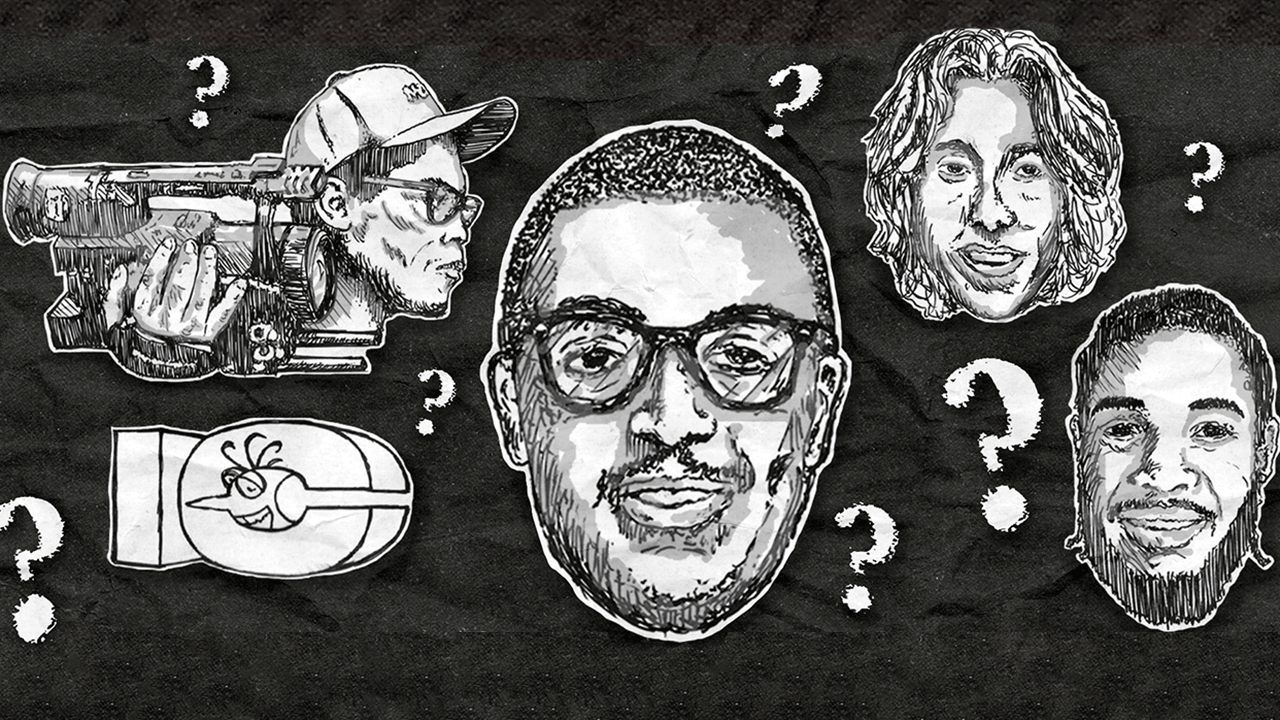 WHAT THE HELL IS GOING ON WITH ILLEGAL CIV?
WHAT THE HELL IS GOING ON WITH ILLEGAL CIV?
The Illegal Civ stuff feels like an ongoing soap opera, so to air out any confusion we talked to a few key characters.
-
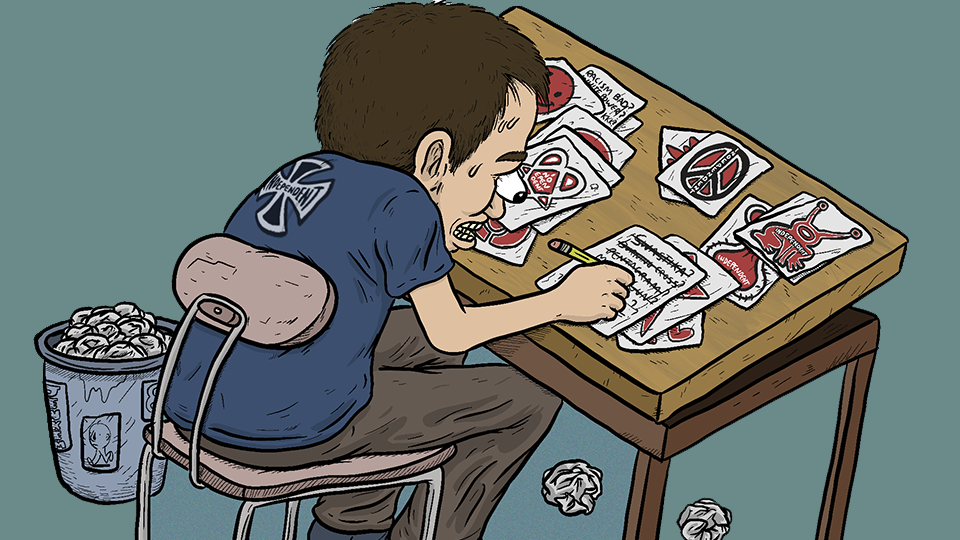 8 ARTISTS REIMAGINE THE INDEPENDENT LOGO
8 ARTISTS REIMAGINE THE INDEPENDENT LOGO
What would an Independent rebrand even look like?
-
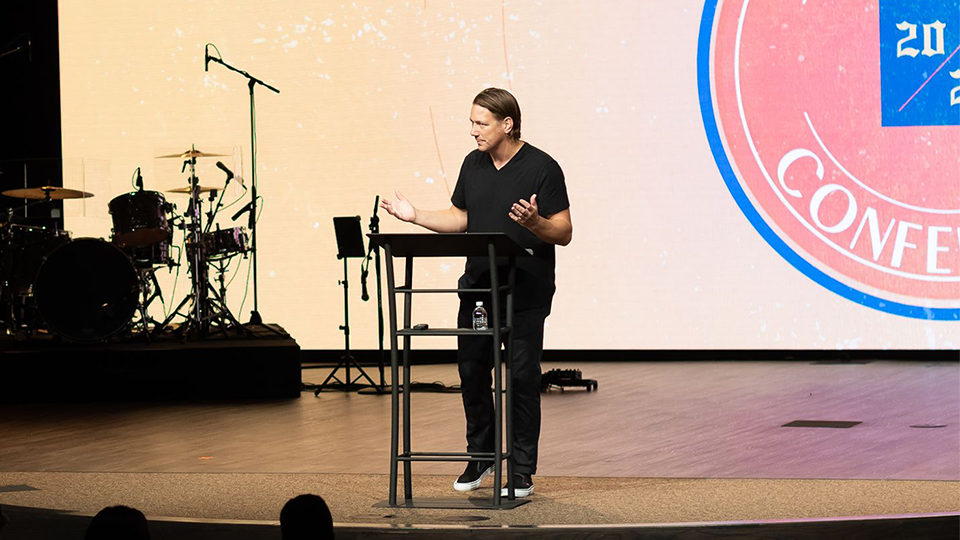 BRIAN SUMNER ON LEAVING THE SKATE INDUSTRY AND FINDING CHRISTIANITY
BRIAN SUMNER ON LEAVING THE SKATE INDUSTRY AND FINDING CHRISTIANITY
"People are going to hate you for different stupid reasons, but people shouldn’t be divided over the faith."

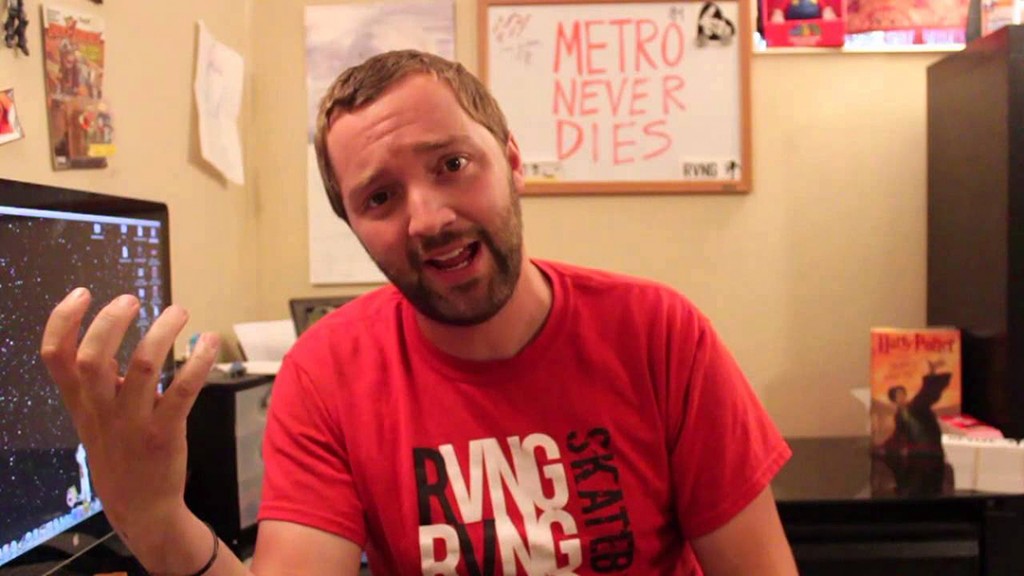
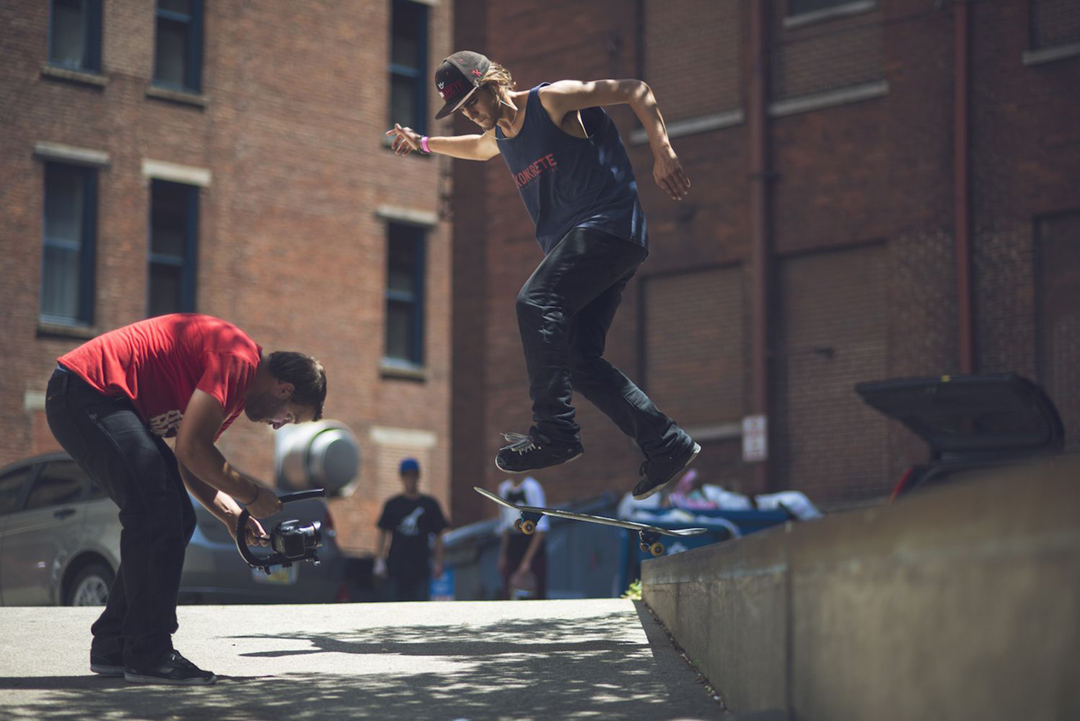

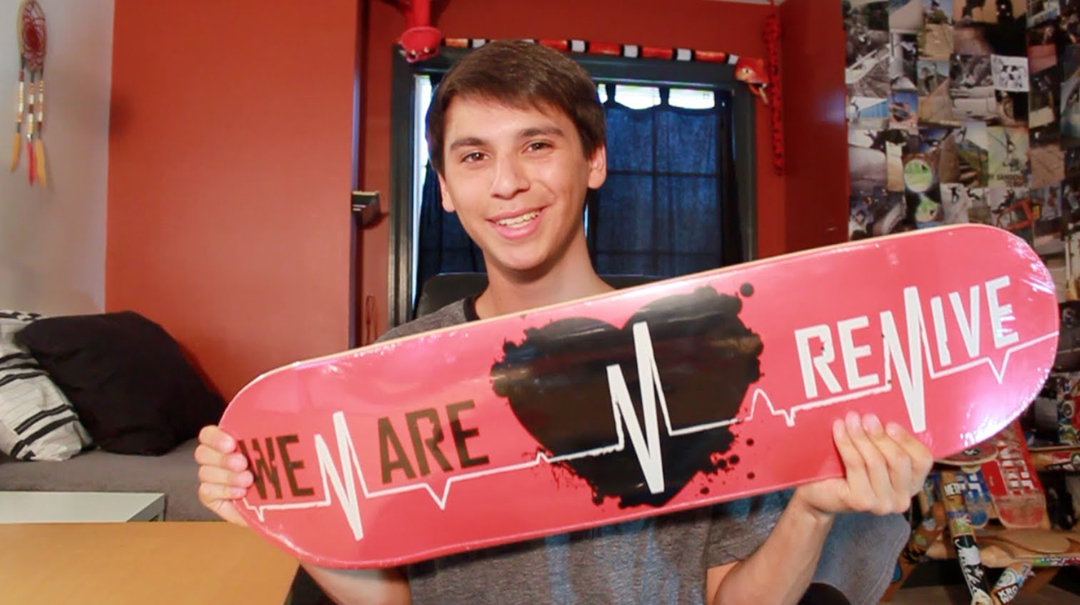
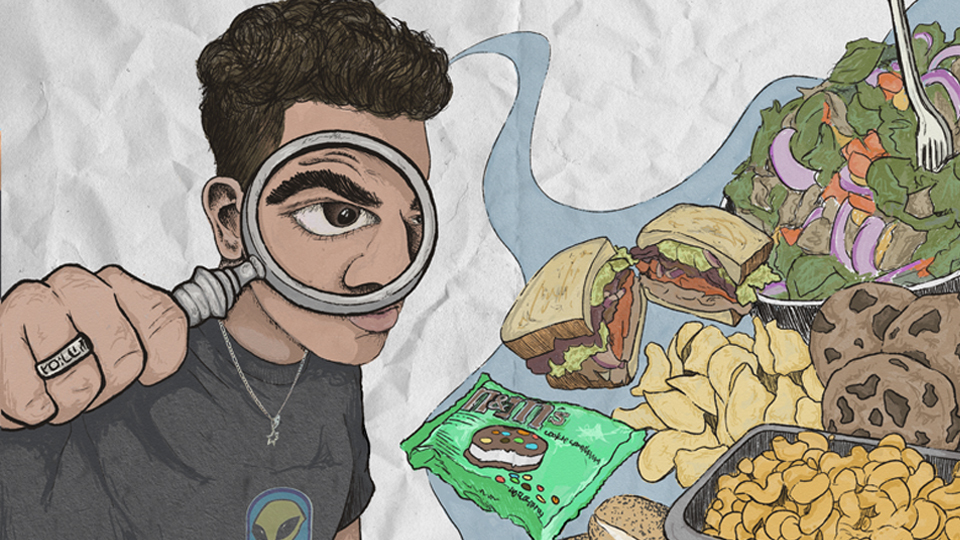
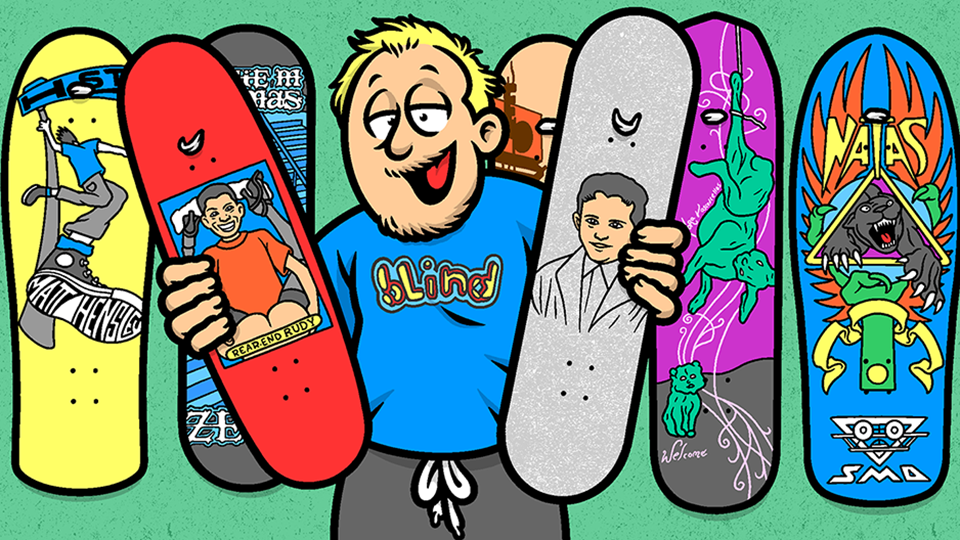




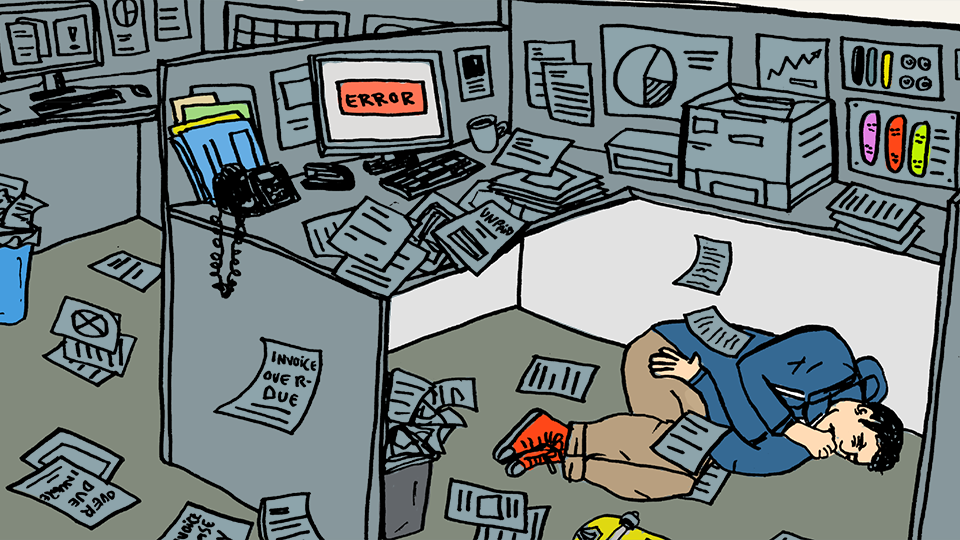

April 24, 2015 2:13 pm
Jenkem always has the best articles yo! Like I always thought this topic of YouTube stardom was a questionable side of skateboarding for sure
April 24, 2015 2:46 pm
This is a very interesting insight into the ever changing skate culture.
I myself recently noticed that I don’t even watch skate vids anymore unless they have a specific motive, story or concept behind them. It’s strange but it’s also not surprising that every new skate part I start to watch end’s up being watched only halfway because it all looks the same. I’m still interested in full length films and dying to see the Vans video, but skating on the internet has gotten too fast now, and I guess in a way it’s fun to see it in other contexts. However I’d probably never be able to watch any of these guys videos because I can’t relate to them at all, and yeah I lurk SLAP and think they’re all kooks.
April 24, 2015 2:57 pm
Very well written. Happy to have been a part of this!
April 27, 2015 6:49 am
BlackNinja is the only sick one
April 27, 2015 2:25 pm
My first time hearing about you and I’m stoked that you’re having fun and showing it!
April 24, 2015 4:49 pm
I watch BlackNinja, but I don’t like it. It makes me frustrated and so I watch more. He is an egg salad sandwich at the get-together after a wake. I’ll eat them, but I won’t be happy.
April 28, 2015 11:21 pm
LOL!